For years, like many others, my digital life revolved around Gmail. It’s preinstalled on my Android phone, offers generous storage, a familiar interface, and comes with a bunch of features to manage my busy inbox like a pro. However, as my concerns around data privacy grew, I decided to look for an email service that prioritized my security without compromising on the basics.
Here is where I came across Proton Mail, an open-source solution that not only offers end-to-end encryption but also provides a refreshingly clean and intuitive interface. Here’s why I believe I should have made the switch much sooner.
Move your Gmail messages in no time
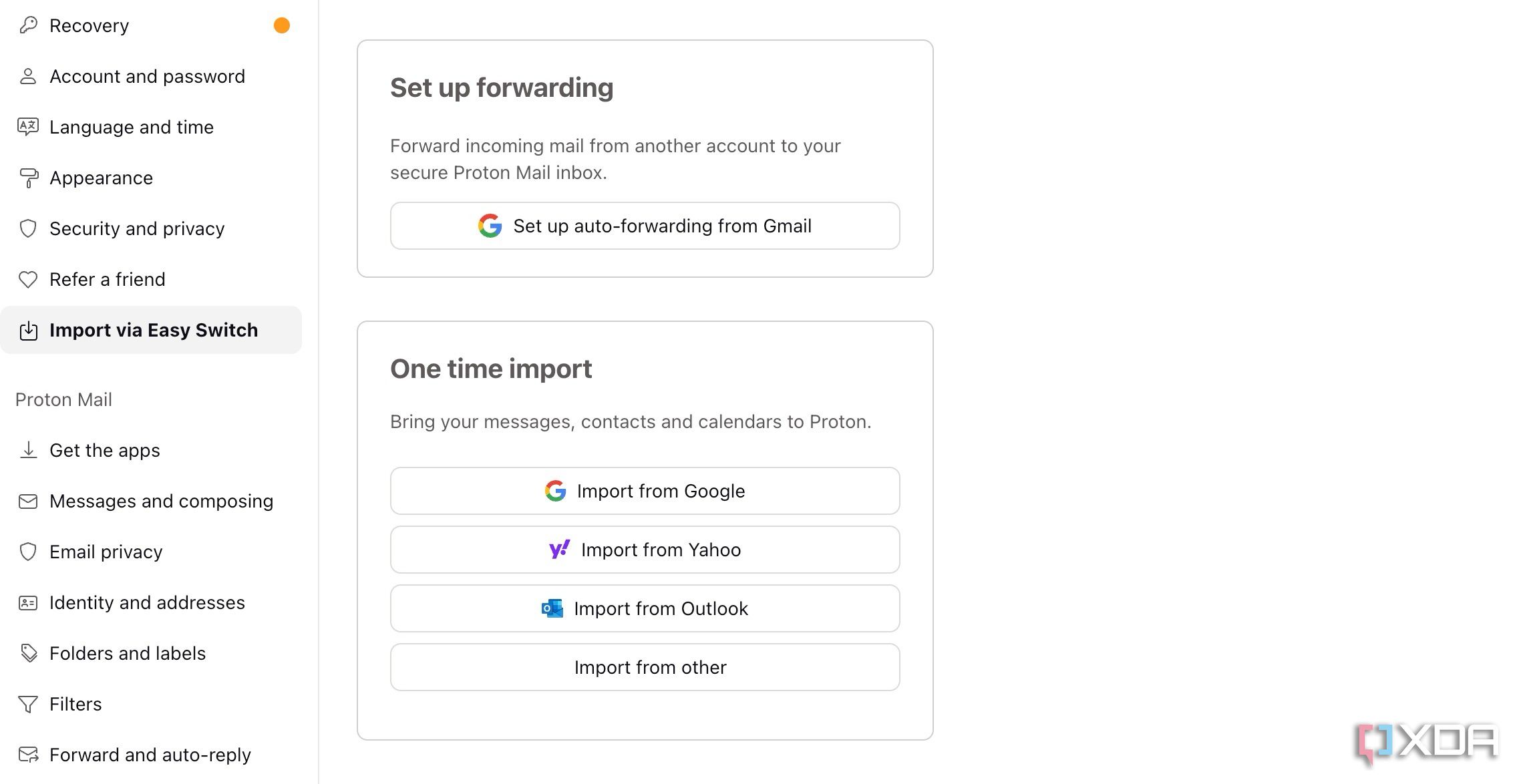
One of the biggest anxieties I had about switching from Gmail was the tedious task of moving all my existing data. I had years of emails, countless contacts, and several calendars in Gmail. But Proton Mail offers a smooth ‘Easy Switch’ tool that practically handles the heavy lifting for you.
I can simply head to Proton Mail settings > Import via Easy Switch > Import From Google and follow the on-screen instructions to get the job done. I was able to choose exactly what I wanted to import: all my emails, my entire contact list, and every event from my Google Calendar. It worked seamlessly in the background. Proton also offers a similar import tool for Yahoo and Outlook.
Consistent experience on all my devices
Native apps over the web platform
Unlike Gmail, Proton Mail offers native apps on all my devices. Gmail’s web interface gets the job done, but it often feels like a slightly clunky afterthought when accessed through a browser.
With Proton Mail, whether I'm checking emails on my desktop, composing a quick reply on my phone, or scheduling an event on my laptop, the interface is familiar, intuitive, and responsive. The design language is consistent, the features are where I expect them to be, and there are no issues in usability as I switch devices.
Robust security features
Have peace of mind
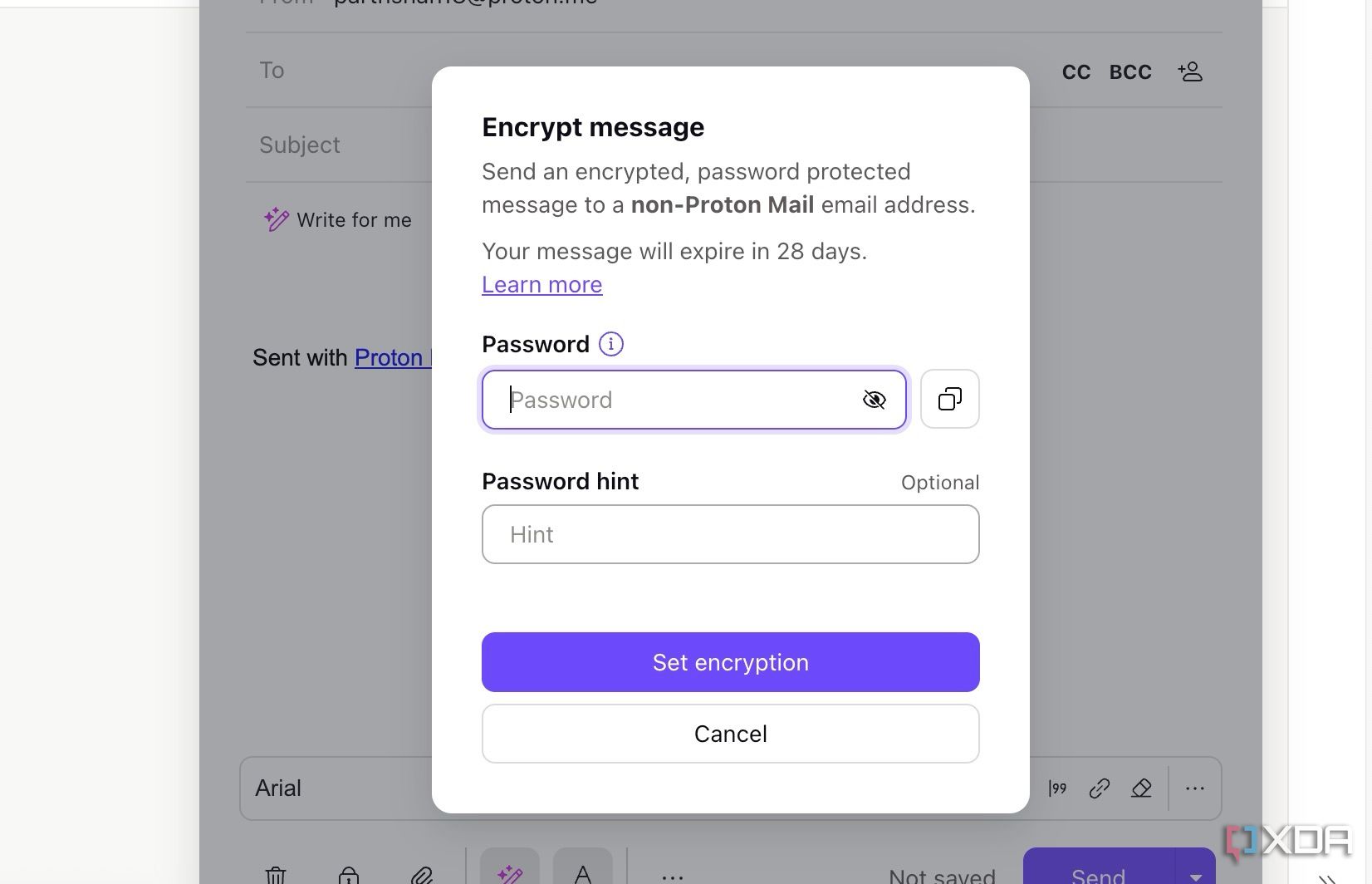
Proton Mail supports end-to-end encryption. Even Proton Mail itself cannot access the unencrypted content of my messages stored on their servers. But what about when I need to send something sensitive to someone who isn't on Proton Mail?
Let me give you a real-life example. Every year, when tax season rolls around, I have to send highly sensitive financial documents – bank statements, investment summaries, and tax forms to my accountant. With Proton Mail, I can compose an email, attach necessary documents, and click the lock icon at the bottom to encrypt the message with a password.
My accountant receives an email with a secure link. When they click it, they are prompted to enter the password I provided.
Open-source nature
Privacy and trust
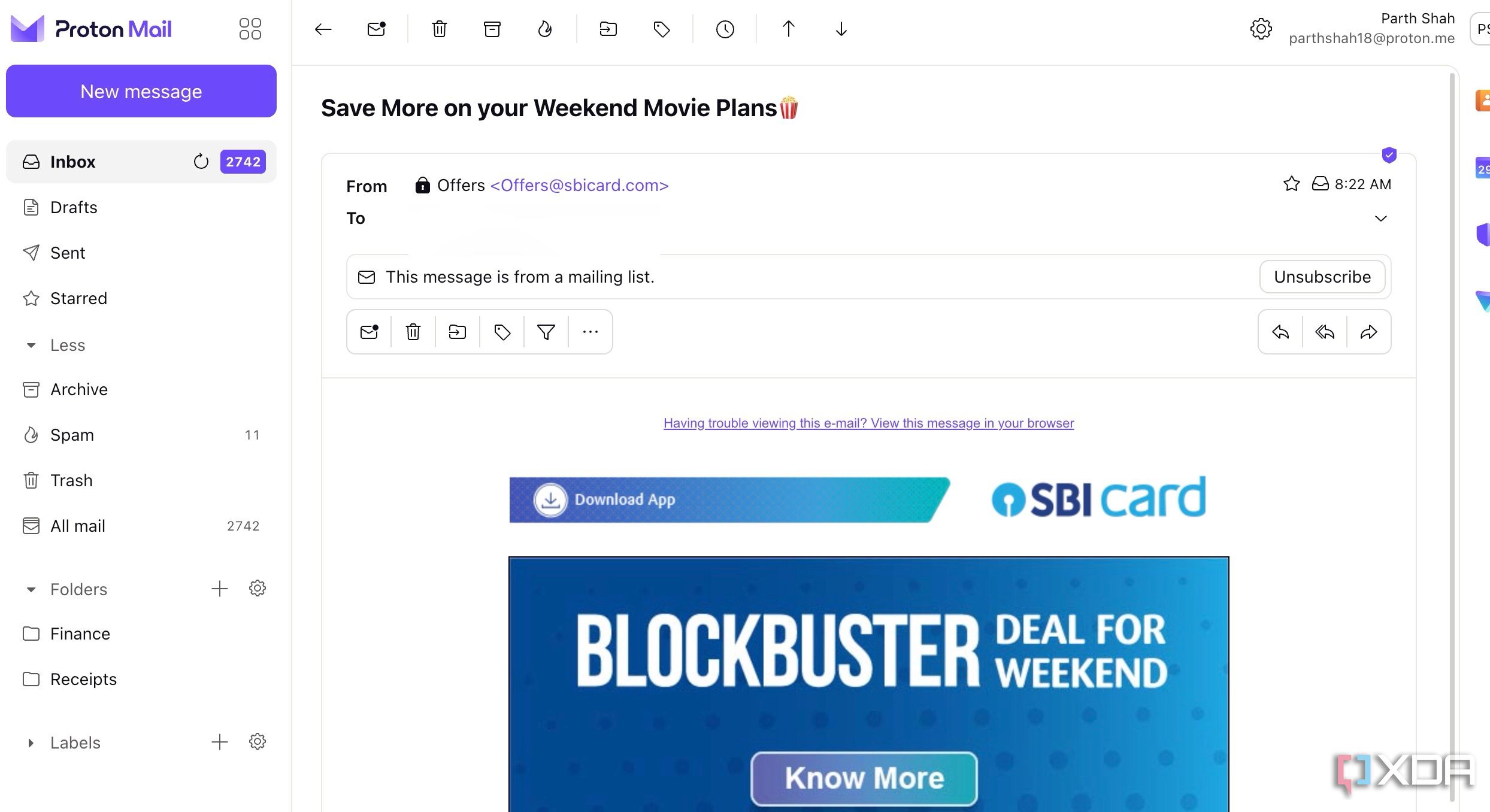
The open-source nature of Proton Mail is a fundamental differentiator from services like Gmail, and it was a huge factor in my decision to switch. When something is open-source, it means that its underlying code is publicly available for anyone to inspect. In contrast, Gmail is a closed-source solution. We have no way of knowing exactly how their systems work behind the scenes.
Security researchers, privacy advocates, and even curious individuals like myself can literally examine the code that runs Proton Mail's applications, from the web client to the mobile apps.
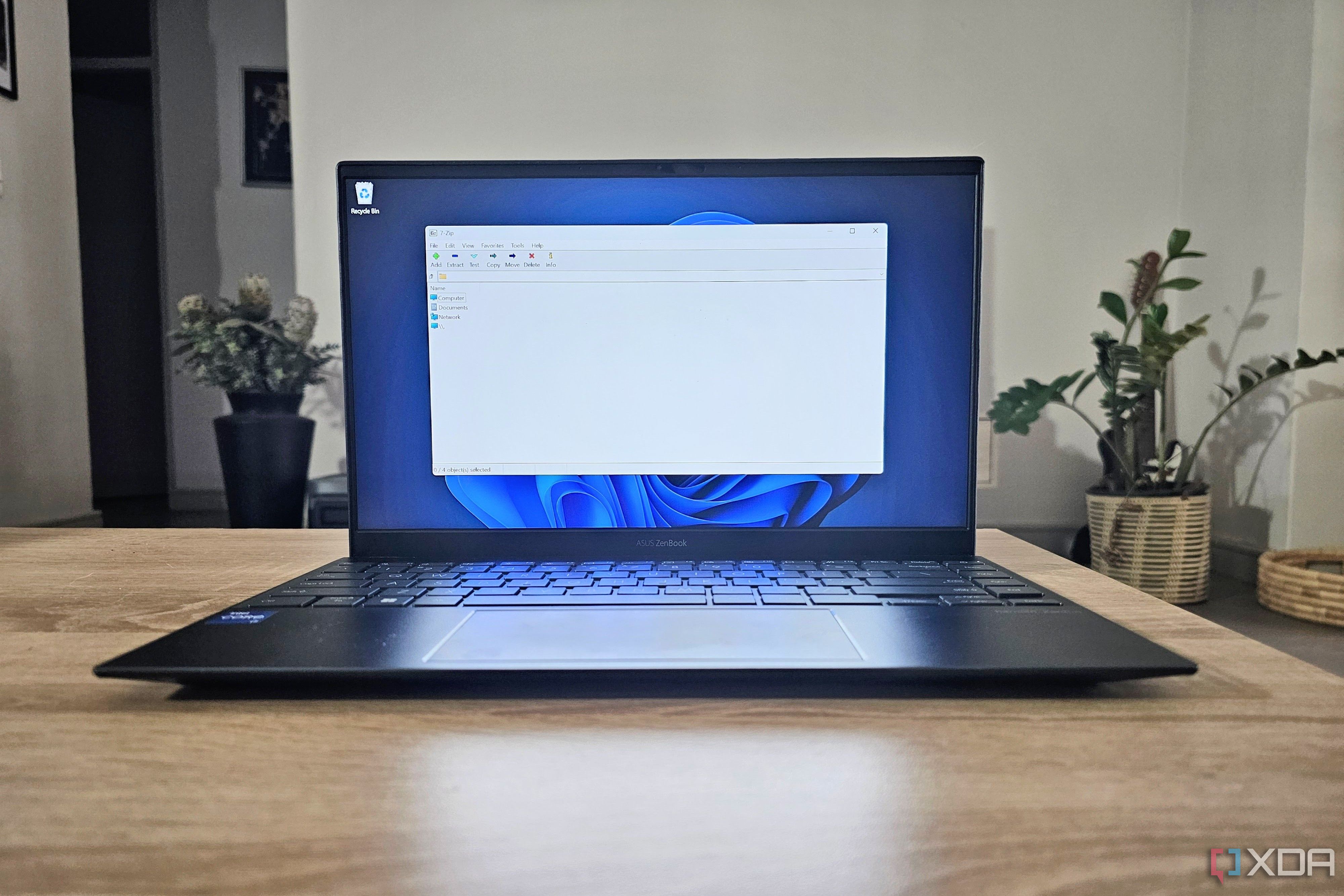
Related
6 open-source programs I use instead of the paid alternatives
These free and open-source tools give you advance tools without the need to buy or subscribe to the platform.
A writing assistant
That runs on the device
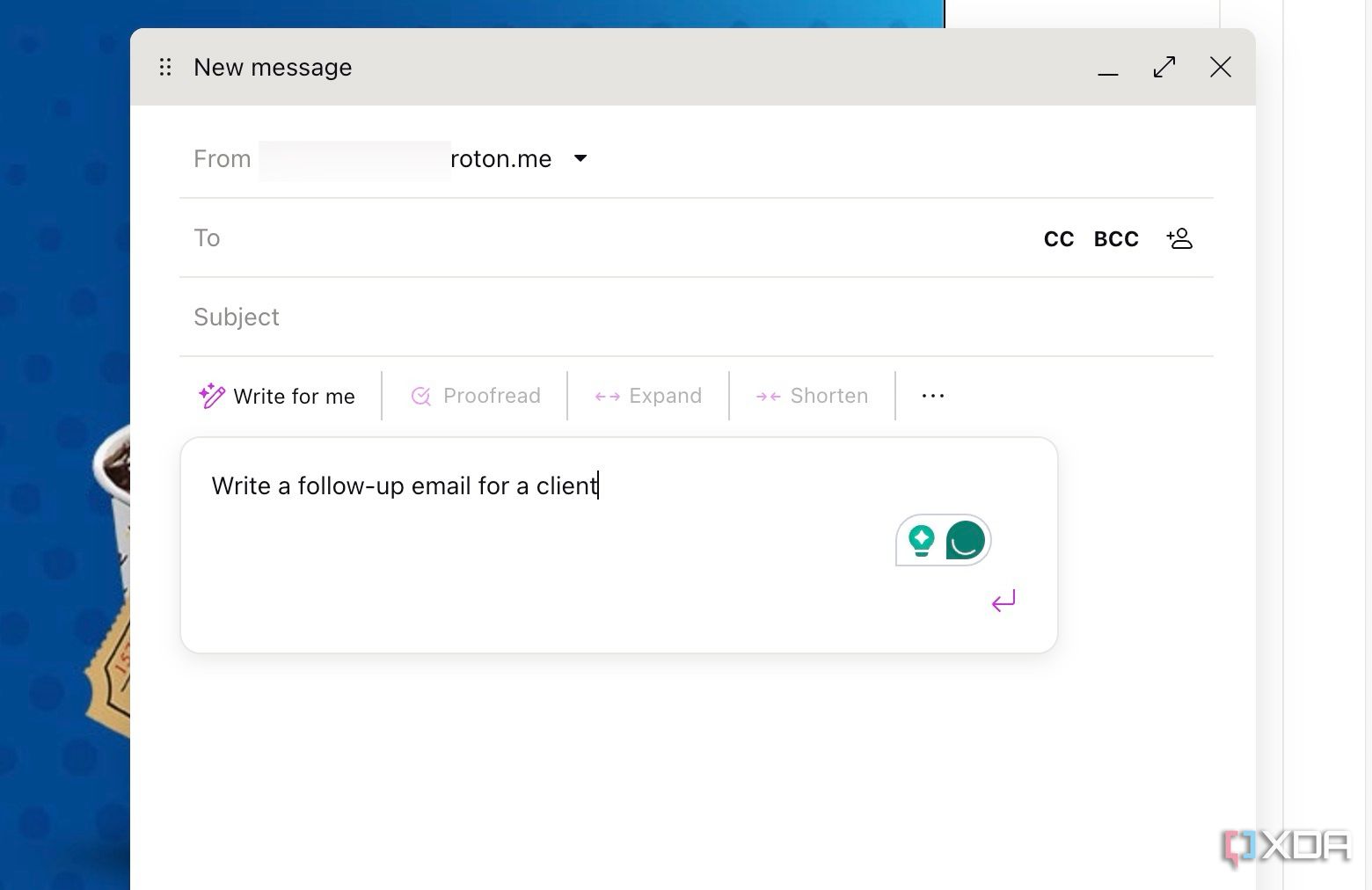
Proton Mail offers an AI-powered Proton Scribe writing assistant with a twist. There are a couple of options here. I can either run it on the servers or download the entire AI model locally for maximum privacy. Even when I run queries and prompts on the server, the company doesn’t keep any logs.
Initially, when I first used the feature, there was a one-time download of the AI model – it was about 4GB, which is significant but understandable for a local model. After that, everything happens on my machine. My prompts, my drafts, and the AI's suggestions never leave my device.
Hide-my-email aliases
Protect your primary email address

One of the most powerful features that comes with the Proton Unlimited plan is the ability to generate unlimited hide-my-email aliases. I no longer need to share my primary email address when signing up for new services, newsletters, or even just downloading a free e-book.
I recently signed up for a new online fitness class. Instead of giving them my personal email, I created an alias specifically for FitnessClass2025 within Proton Mail. Now, all emails from that fitness class are forwarded directly to my main Proton Mail inbox. The option is built right into the Proton Pass app.
The email switch I should have made months ago
At first, the switch from Gmail to Proton Mail felt like a daunting migration, but quickly it proved to be one of the best decisions I have made for my online privacy. It ticks all the boxes and more for my email setup. Of course, it comes with a price tag ($10.80 for the Proton Unlimited plan), but you are getting the entire Proton ecosystem in return for the asking price.
Once you get started with Proton Mail, explore these features to get the best out of it.
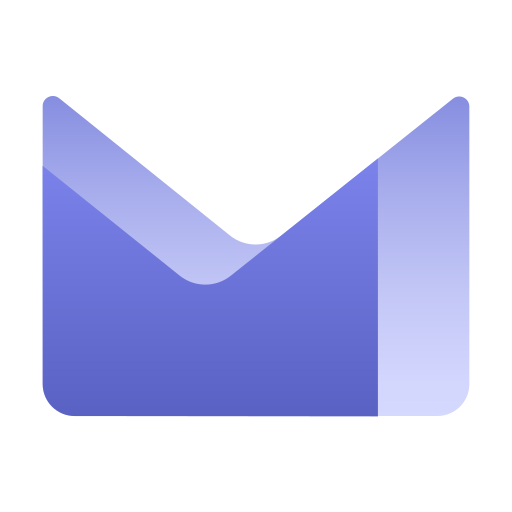
.png)
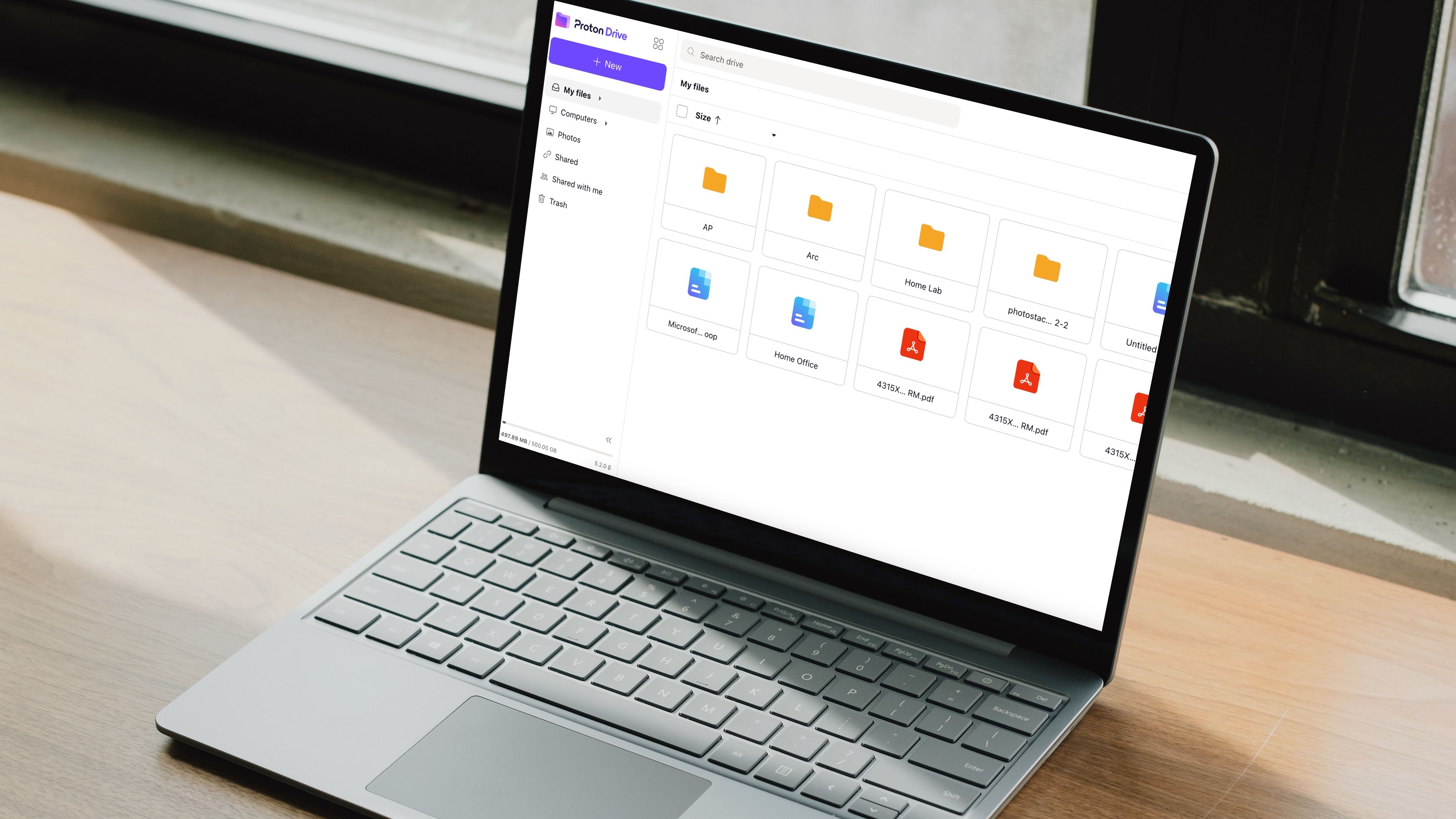










 English (US) ·
English (US) ·